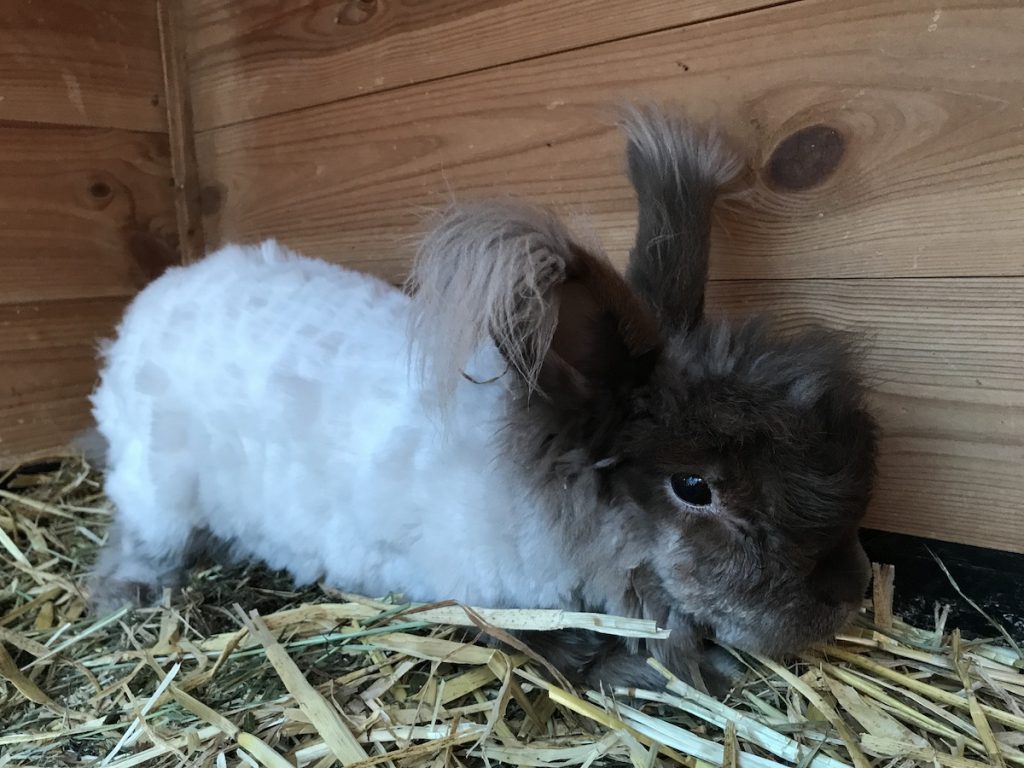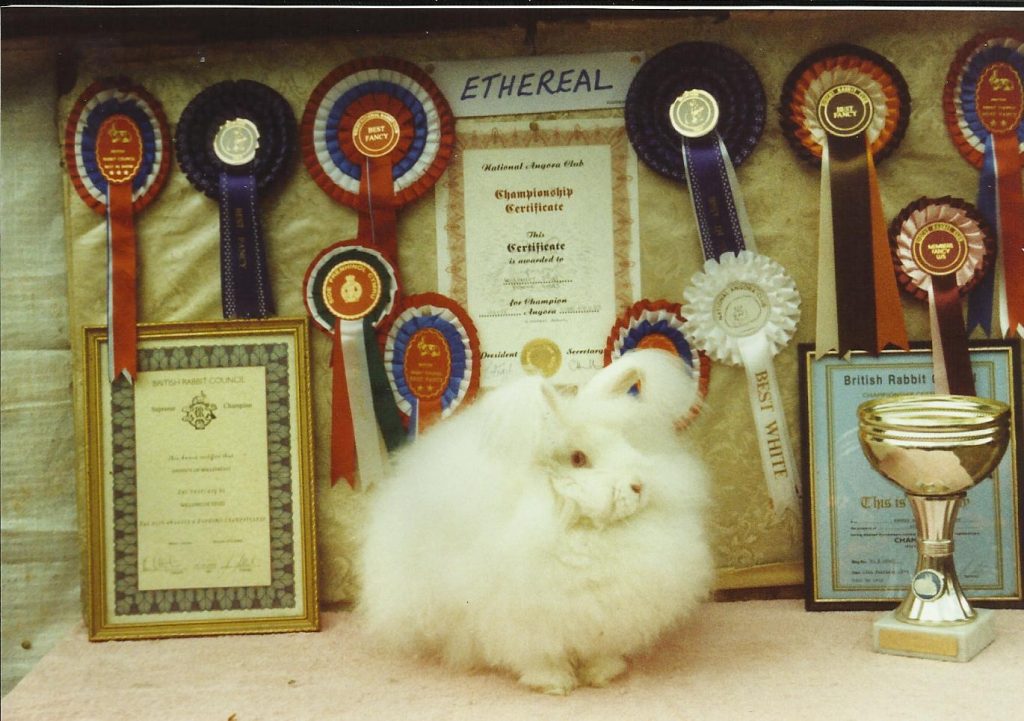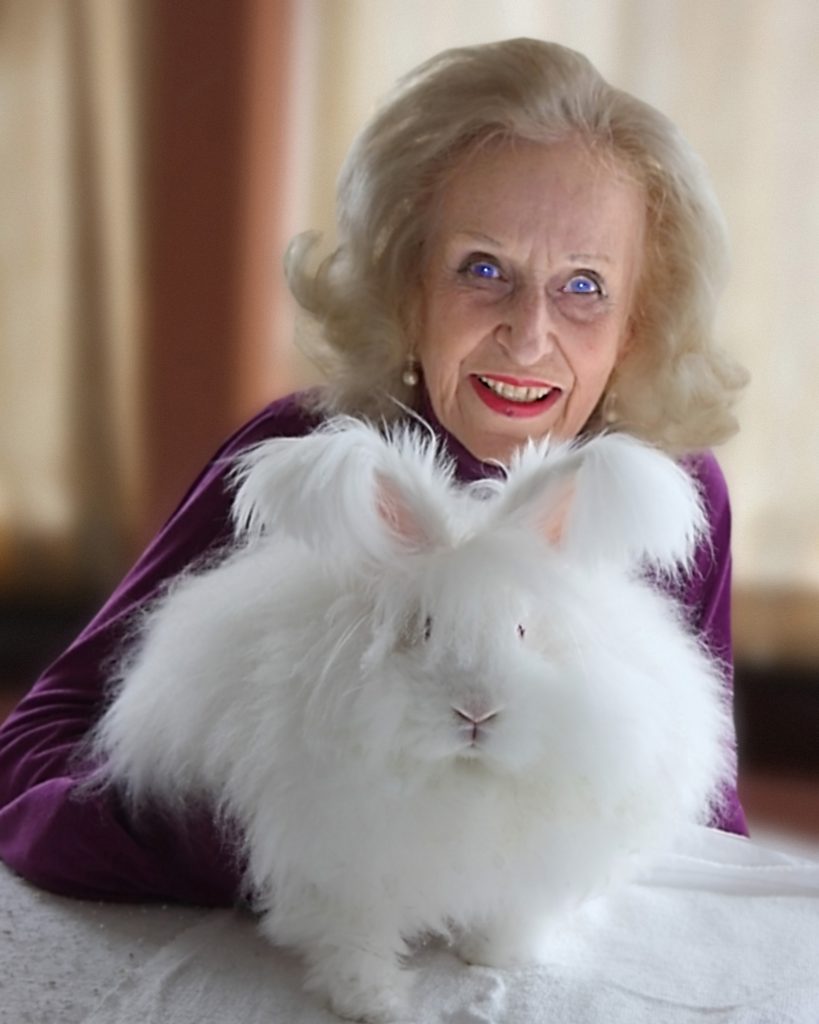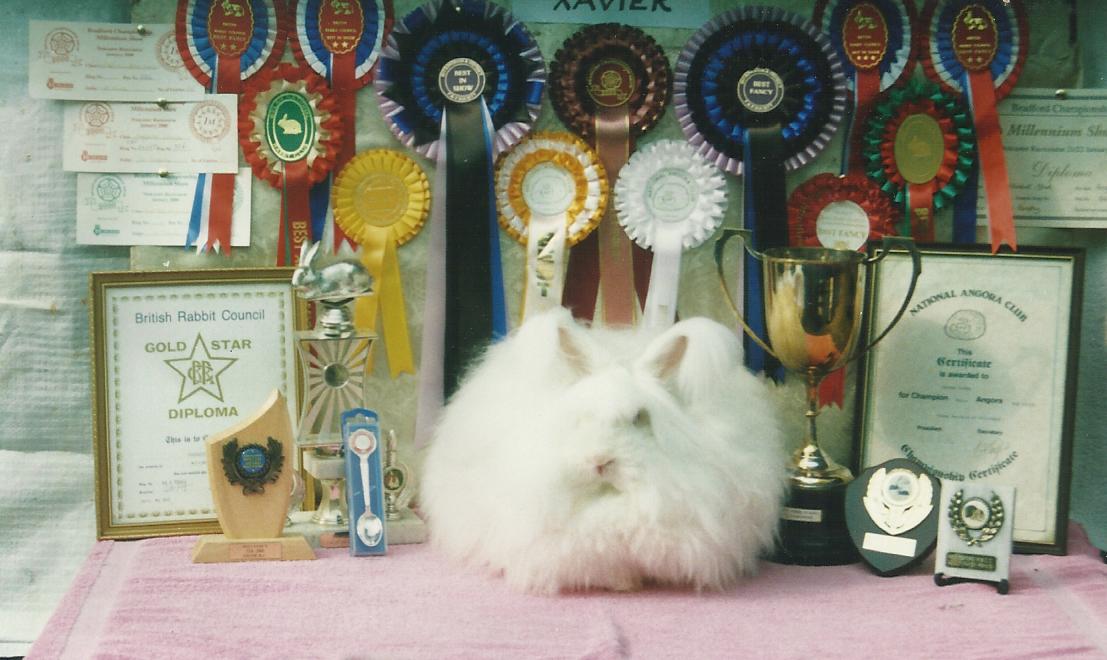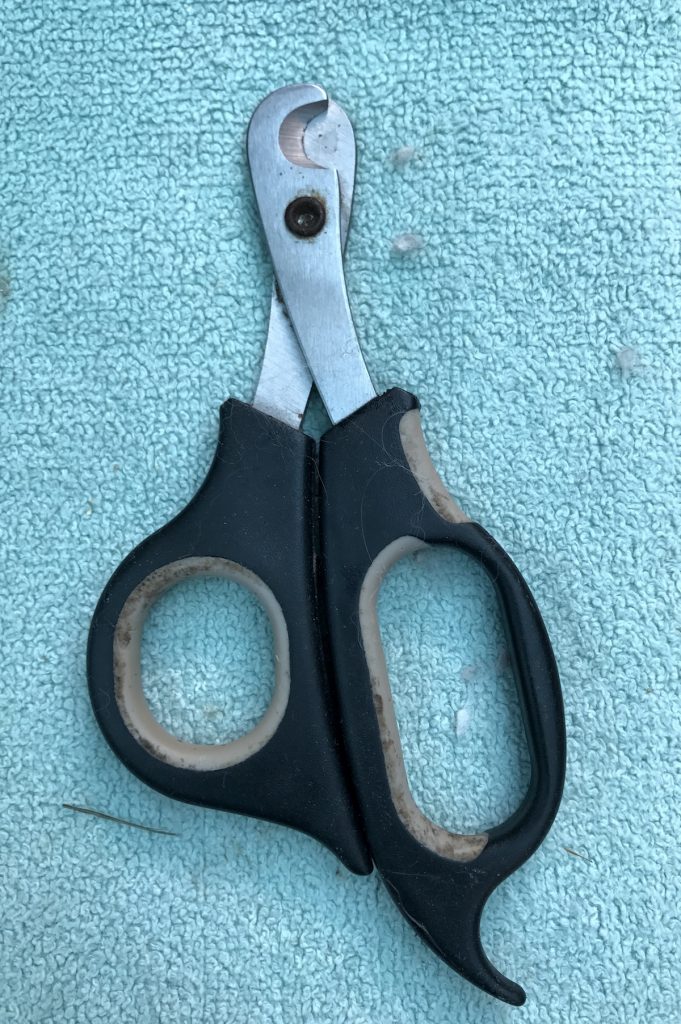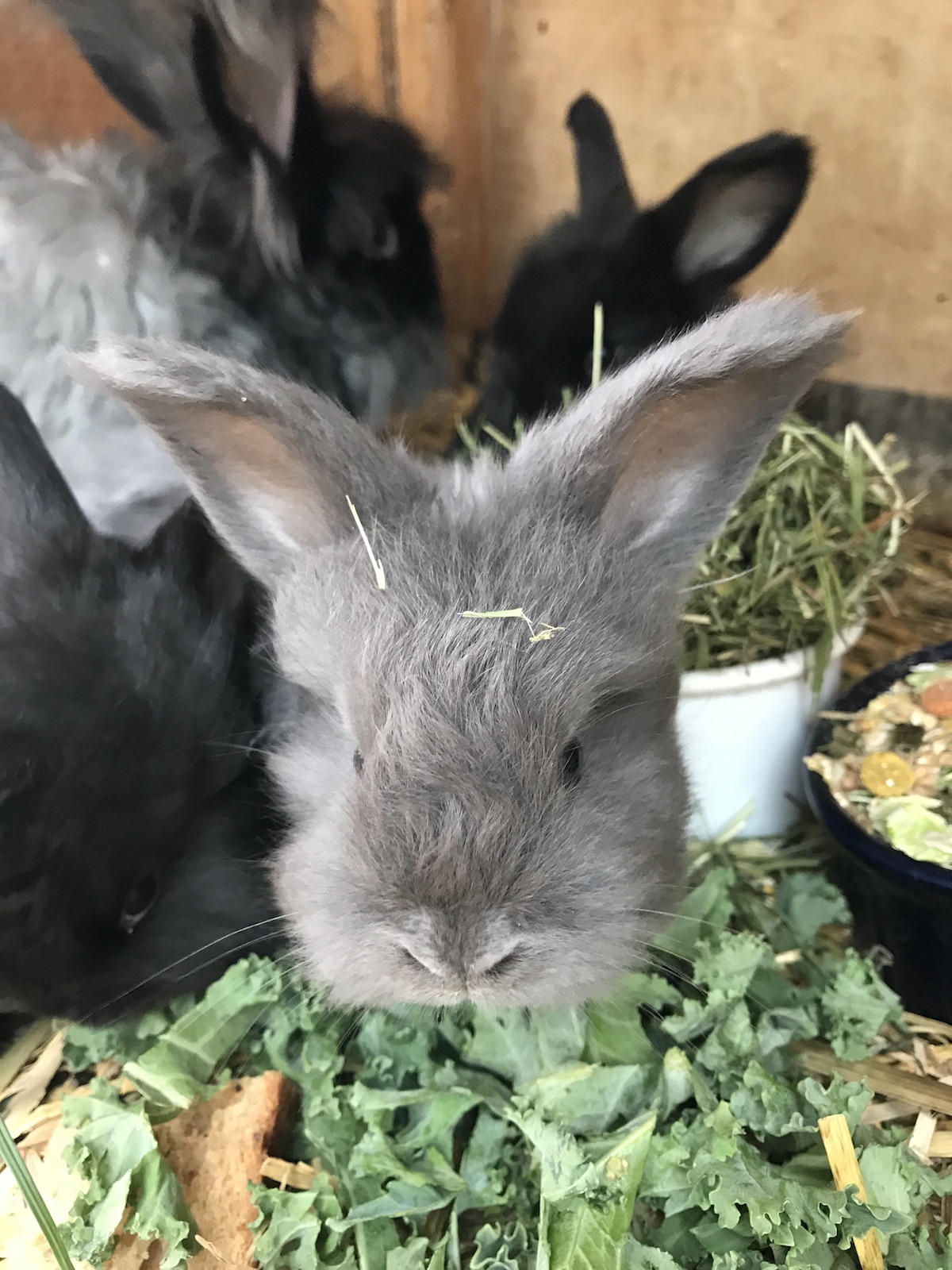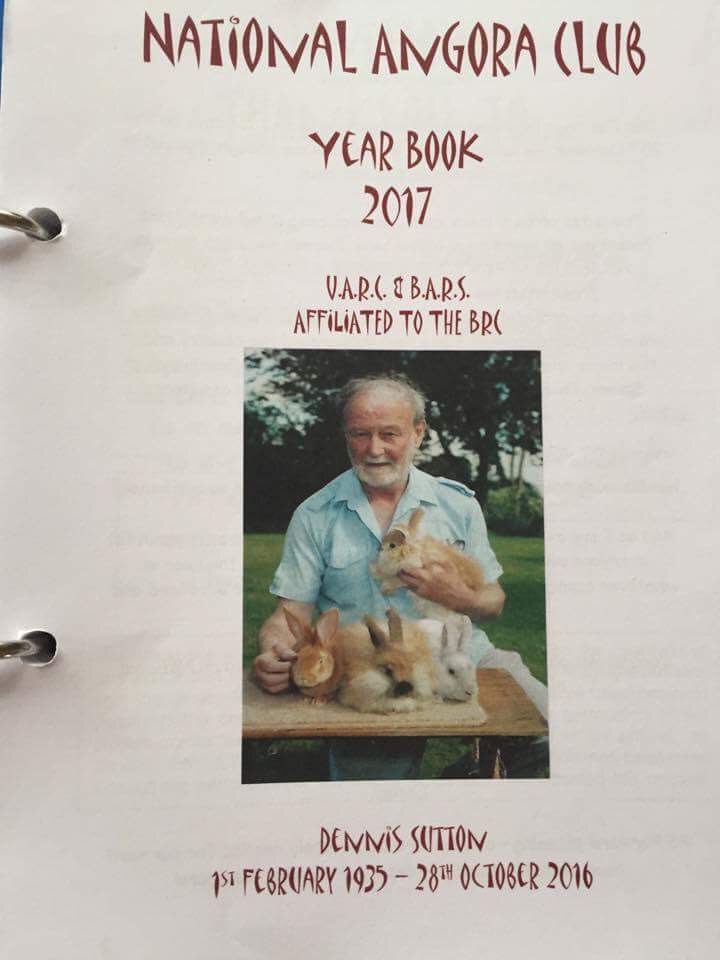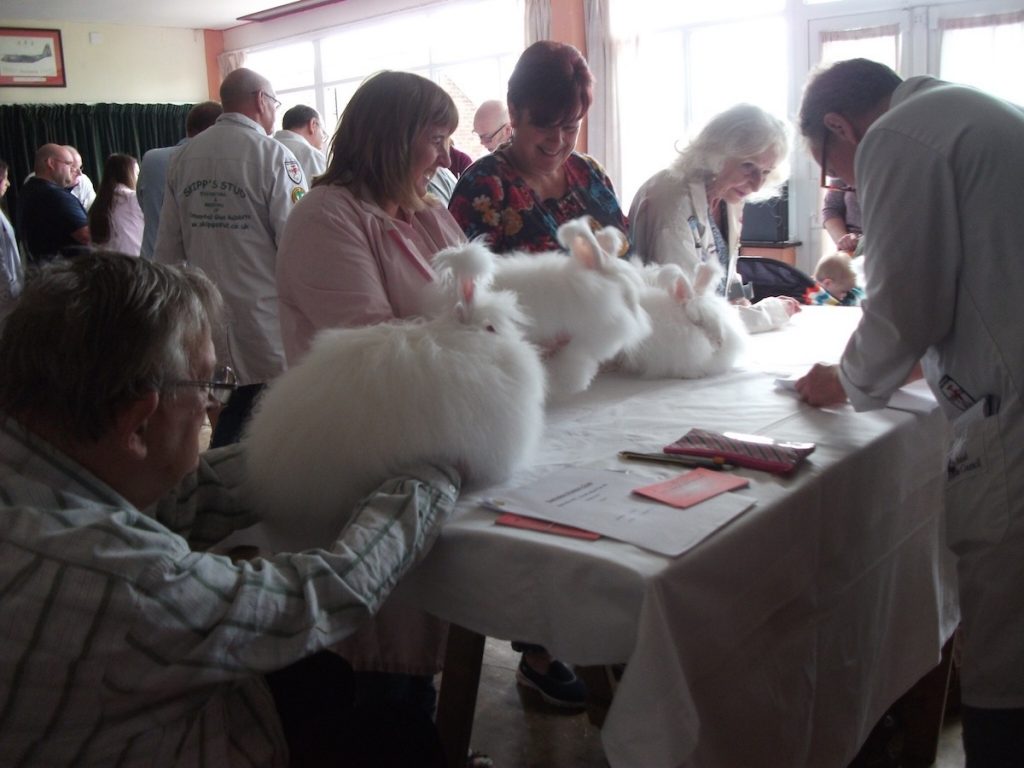
Top ten things you need to know about showing Angora rabbits
1. You will need to join the British Rabbit Council (The BRC)
2. It is recommended you purchase Fur and Feather Magazine, winkley publishing as this will give you details of all shows held in the uk.
3. Buy your English Angora rabbit from a breeder that is an exhibitor and can advise you on how to go about showing an angora.
4. The Angora rabbit should be wearing a BRC ring, and the breeder should give you a transfer sheet. You will need to pay the fee to the BRC to get the Angora rabbit transferred into your name. It is usually about three weeks before you can then show the Angora rabbit in your name. If the Angora rabbit does not have a ring, you will not be able to get a ring on to it as the rings are put on their legs before they 8 weeks old.
5. Your Angora rabbit baby should ideally be about 9 or 10 weeks old and will need to go into a hutch with a wire floor, this is to stop the feet and the skirt getting soiled. These are usually made from weldmesh about ¾ squares and cut to shape, and bent to fit hutch and no wood is necessary.
6. You will need to examine your baby Angora rabbit every day for knots and soiling. The knots should be teased out with your fingers. You need to leave the ‘tips” this is the ends of the guard hairs. Angora rabbits that are to be shown need to be spotless and free of hay, and food. Your Angora rabbit baby can be shown after it is 14 weeks old, but 16 weeks is a better age for angoras.
7. If you decide to go along to a local show, check on the closing date for entries and contact the secretary. They will advise you what classes you can enter. If there is no Angora class you can enter in to any other variety fancy. You just need to tell the secretary the breed, age, and sex and they will do the rest. You will need to take a wire for the Angora rabbit to sit on so check what size the rabbit pen will be. You will need a water bottle, hay in a loo roll or tied up and a small ceramic feed dish. If the rabbit has a toy you can take that as well.
8. You must check the time of the show and be there about an hour before to allow for you to find the secretary, your pen number and groom your Angora rabbit if necessary. No grooming is allowed after judging has started, so make sure you are ready.
9. When you have shown your Angora rabbit up to the age of five months, it then is shown in adult classes. It is ready for the adult class when it is five months old on the day of the show not the day you entered it. Angoras start to moult at that age and there will be a moult line just above the nose, so the judge will know if it is over its five months, you could be disqualified.
10. If you are lucky enough to win a CC (championship certificate) you can collect these and make a BRC champion. If you join the National Angora Club (NAC) you can enter stock shows and the National Angora Club champions are more difficult as you will need to have a breeder or panel judge amongst your ccs.
